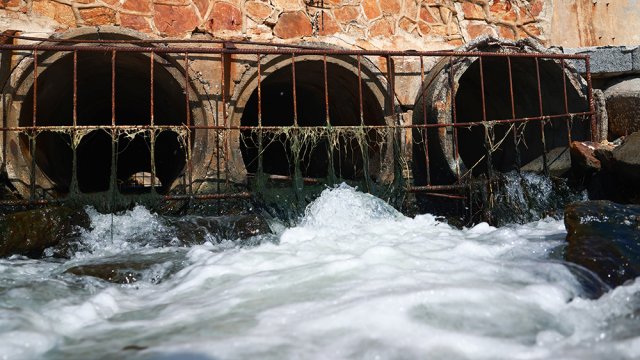Using Green Infrastructure to Address Clean Water Act Requirements
Regulatory drivers can provide an effective foundation for consistent implementation of green infrastructure across a community, state, or region. Communities across the country address green infrastructure in local requirements and install it as part of their stormwater management programs and combined sewer programs. Developers and businesses also use green infrastructure to manage stormwater from developed areas like commercial, retail, and office buildings and parking lots. The flexible designs and multiple benefits that green infrastructure provides make it a strong candidate to complement efforts toward meeting regulatory requirements. The scale and number of green infrastructure assets that a community chooses to implement can vary—from installing inlet bioretention features along a few main streets to requiring green infrastructure for all new development in the community. Combining gray with green infrastructure is often an effective way to meet overall Clean Water Act (CWA) requirements.
Explore the pages below to learn how green infrastructure can be used in integrated planning, municipal separate storm sewer system (MS4) programs, and communities with combined sewer overflows (CSOs) to improve water quality, support stormwater management, and help comply with CWA requirements.
-
Integrated Planning

Communities can use green infrastructure to help strategically meet multiple CWA requirements.
-
MS4 Programs

MS4 communities can implement green infrastructure to support water quality improvement requirements.
-
Addressing CSOs

Implementing green infrastructure can help communities reduce and eliminate CSOs.

